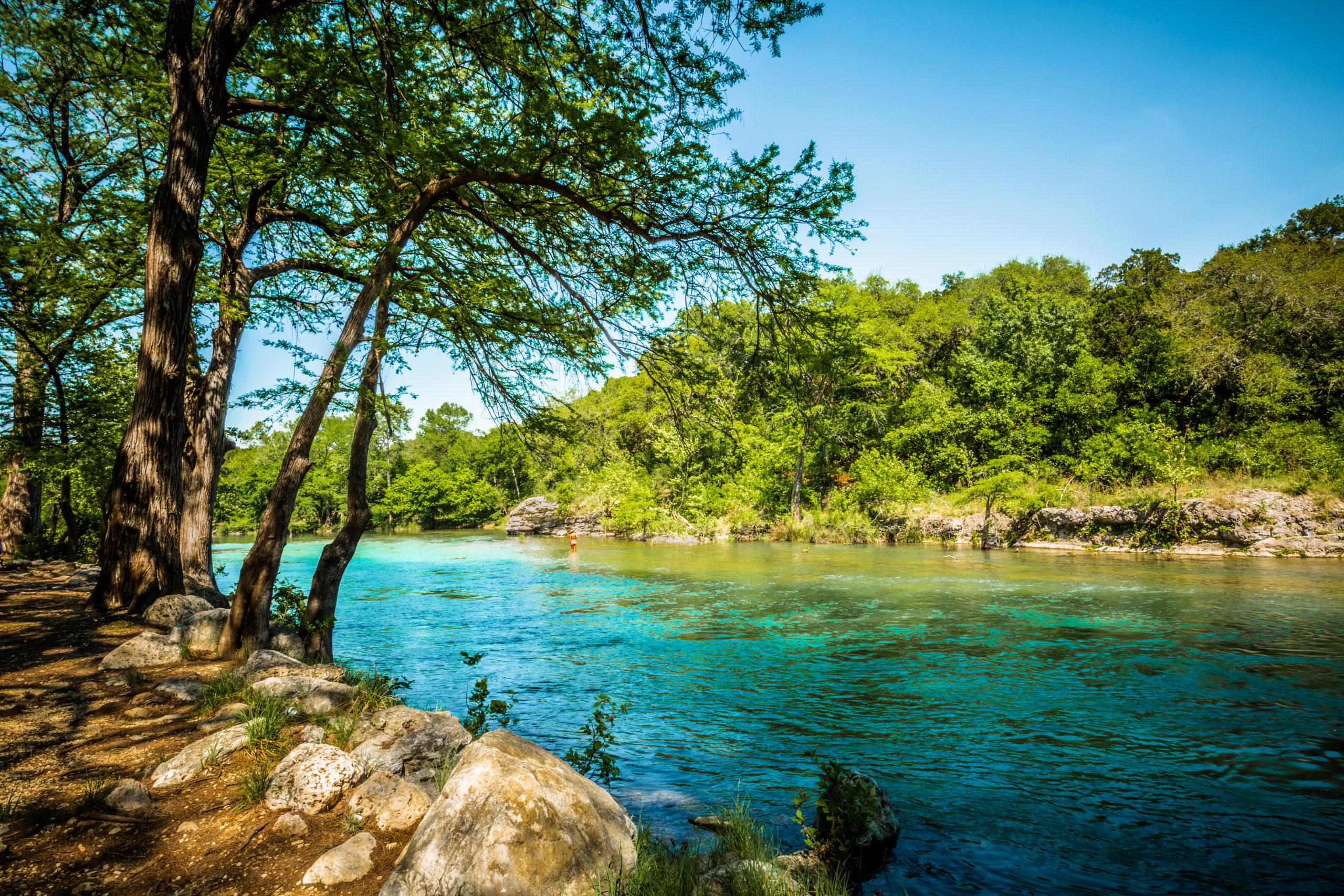Texas National Wildlife Refuges & Fish Hatcheries
Wildlife refuges provide critical habitat to endangered plants and animals, and also help to preserve native ecosystems. Many refuges are located along flyways, which are migratory bird highways. These wildlife refuges in Texas provide breeding and nesting areas to ensure future generations of birds and other animals. Photo credit snow geese at Anahuac National Wildlife Refuge.

There are 24 national wildlife refuges in Texas and each play an important role in preserving Texas wildlife. Aransas National Wildlife Refuge is over 115,000 acres and provides a winter home for the only wild flock of endangered whooping cranes. Anahuac National Wildlife Refuge provides coastal wetlands, prairie and woodland habitats. Photo credit whooping cranes.

Balcones Canyonlands is home to two endangered songbirds; the golden-cheeked warbler and the black-capped vireo. Photo credit golden cheeked wabler.

Attwater Prairie Chicken National Wildlife Refuge provides safety for one of the last populations of the critically endangered bird. Photo credit Northern Crested Caracara.

Laguna Atascosa has the only breeding population of endangered ocelots in the U.S, the highest number of recorded bird species of all national wildlife refuges, and is a destination for viewing rare butterflies. Photo credit ocelot
Visit a national wildlife refuge Texas:
Most national wildlife refuges in the United States allow visitors. Visitors can experience birding and other wildlife-watching, hiking, canoeing, photography, and some allow hunting and fishing.
These wildlife refuges provide education on the ecosystem and its inhabitants. Some refuges provide a visitors center with educational activities, hands-on learning for kids, and a gift shop. Many refuges provide youth programs for future conservation generations. Check with each location directly prior to visit for additional information.
Visit a national fish hatchery in Texas:
Fish hatcheries stock fish for recreational fishing across Texas. They also study and monitor fish populations, and help in recovery of endangered or threatened species. The San Marcos Blind Salamander is an example of a hatchery working to restore an endangered amphibian. Fish hatcheries work to restore native populations and to prevent invasive species that can negatively impact an ecosystem. As an example, one zebra mussel can produce millions of larvae that compete with native species and damage lake ecosystems. Fish hatcheries have aquariums for kids to get close to see the fish and provide education on conservation. Check with the hatchery in advance for tours to learn even more.

National Wildlife Refuges in Texas:
Aransas National Wildlife Refuge – Austwell, Texas
Attwater Prairie Chicken National Wildlife Refuge – Eagle Lake, Texas
Balcones Canyonlands National Wildlife Refuge – Marble Falls, Texas
Big Boggy National Wildlife Refuge – Brazoria, Texas (closed to public)
Brazoria National Wildlife Refuge – Brazoria, Texas
Buffalo Lake National Wildlife Refuge – Umbarger, Texas
Caddo Lake National Wildlife Refuge – Karnack, Texas
Hagerman National Wildlife Refuge – Sherman, Texas
Laguna Atascosa National Wildlife Refuge – Rio Hondo, Texas
Little Sandy National Wildlife Refuge – Wood County, Texas
Lower Rio Grande Valley National Wildlife Refuge – Alamo, Texas
Matagorda Island National Wildlife Refuge – Matagorda Island, Texas
McFaddin National Wildlife Refuge – Sabine Pass, Texas
Moody National Wildlife Refuge – Anahuac, Texas (closed to public)
Muleshoe National Wildlife Refuge – Muleshoe, Texas
Neches River National Wildlife Refuge – Palestine, Texas (closed to public)
San Bernard National Wildlife Refuge – Brazoria, Texas
Santa Ana National Wildlife Refuge – Alamo, Texas
Texas Point National Wildlife Refuge – Sabine Pass, Texas
Trinity River National Wildlife Refuge – Liberty, Texas
National Fish Hatcheries in Texas:
Inks Dam National Fish Hatchery – Burnet, Texas
San Marcos National Fish Hatchery – San Marcos, Texas
Uvalde National Fish Hatchery – Uvalde, Texas

The Blue Goose Passport is a book that you can buy at national wildlife refuge gift shops and receive a stamp at each refuge or fishery you visit across the United States. It’s a fun way to try to see as many as you can. For refuges without a visitors center or stamp, just note the date you were there or draw your own stamp. The third edition is the most current, and these cost around $8.

Special needs:
Check with each national wildlife refuge in advance for accessibility information. Many will have paved or gravel walkways, and some offer guided tours. As an example, Hagerman National Wildlife Refuge offers guided tours on a tram ride that would be a great way to get kids closer to nature if accessibility is a concern.
Know before you go:
- Bring binoculars for bird and animal watching, and bring a camera.
- Bring insect repellant, sunscreen, water, and wear comfortable walking shoes.
- Admission is usually free, check in advance before you visit.
- Nature journals and kids binoculars help to get kids engaged.
- Check COVID-19 restrictions and requirements prior to travel.

Hagerman National Wildlife Refuge



